John Ford | 1hr 37min

Even before directing My Darling Clementine, it was clear that John Ford never had any qualms around twisting historical truth into cinematic reconstructions, especially putting his talents to use as a documentarian and propagandist in the United States military during World War II. When he returned to Hollywood in 1946, the focus of his storytelling shifted, but his intentions did not. In his skilled hands, the famous western shootout at Tombstone’s O.K. Corral between lawman Wyatt Earp and the nefarious Cowboys becomes a tale of heroic courage and sacrifice, departing from the truth in too many ways to count. The fact that the Earp brothers were never cattle drivers, that Doc Holliday actually survived the climactic gunfight, and that our main antagonist Old Man Clanton had been killed several months before is negligible to Ford’s proud mythologising. As James Stewart would be told many years later in The Man Who Shot Liberty Valance, “When legend becomes fact, print the legend.”
This is the central tenet upon which Ford establishes his belief in America’s tenacious spirit, recognising the necessity of these folktales to revive the cultural identity that was slowly losing relevance in a cynical, post-war nation. Through this lens, the rambunctious rural town of Tombstone becomes a landscape of America in disarray, needing a strong leader to restore order to its chaos. As such, My Darling Clementine does not centre a hot-headed maverick like John Wayne, but rather a stoic, reserved Henry Fonda who faithfully abides by laws greater than himself.
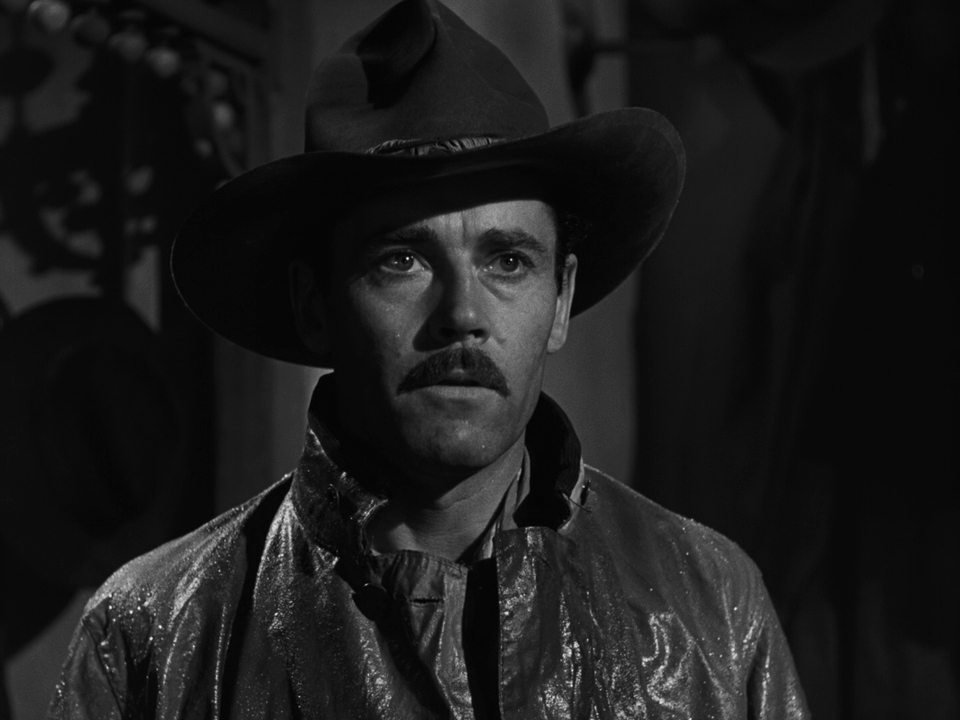
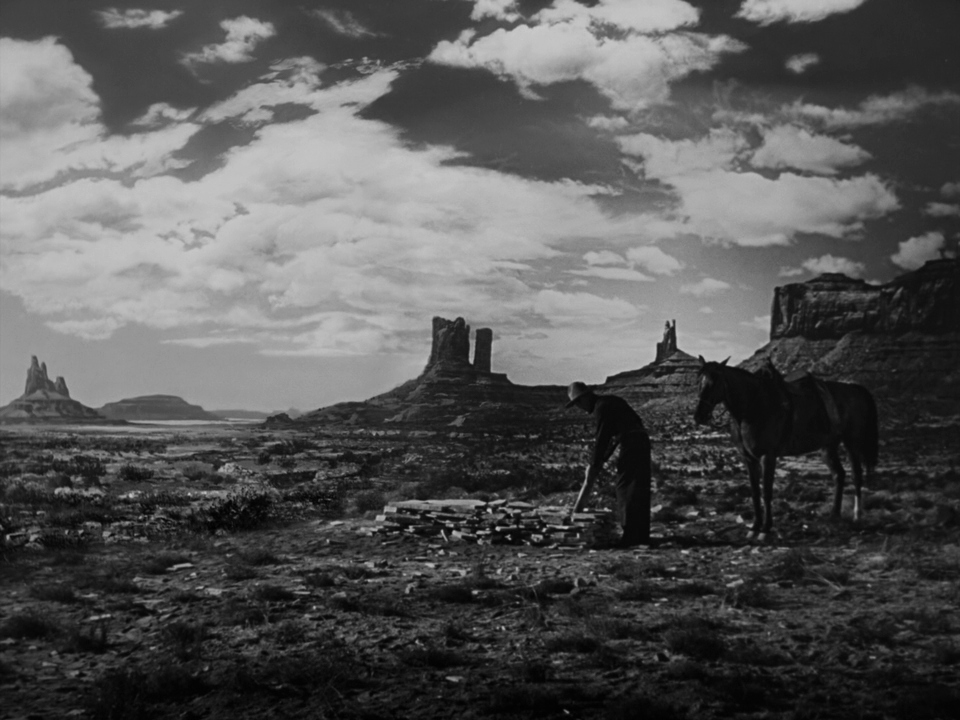
With his Chevron moustache and humourless demeanour, Fonda characterises the famed Wyatt Earp as a quiet, pragmatic introvert, only taking up the position of town marshal when his brother is murdered in cold blood by unknown assailants. His gaze is intensely focused, refusing to make eye contact with local saloon singer Chihuahua when she briefly directs her performance to him, and often surveying the dusty rural plains from his porch as he leans back in a wooden chair. Here, Ford frames him as a guardian of civilisation, drawing a visual divide through the vertical posts separating the rustic town from Monument Valley’s wild landscapes of colossal sandstone buttes.
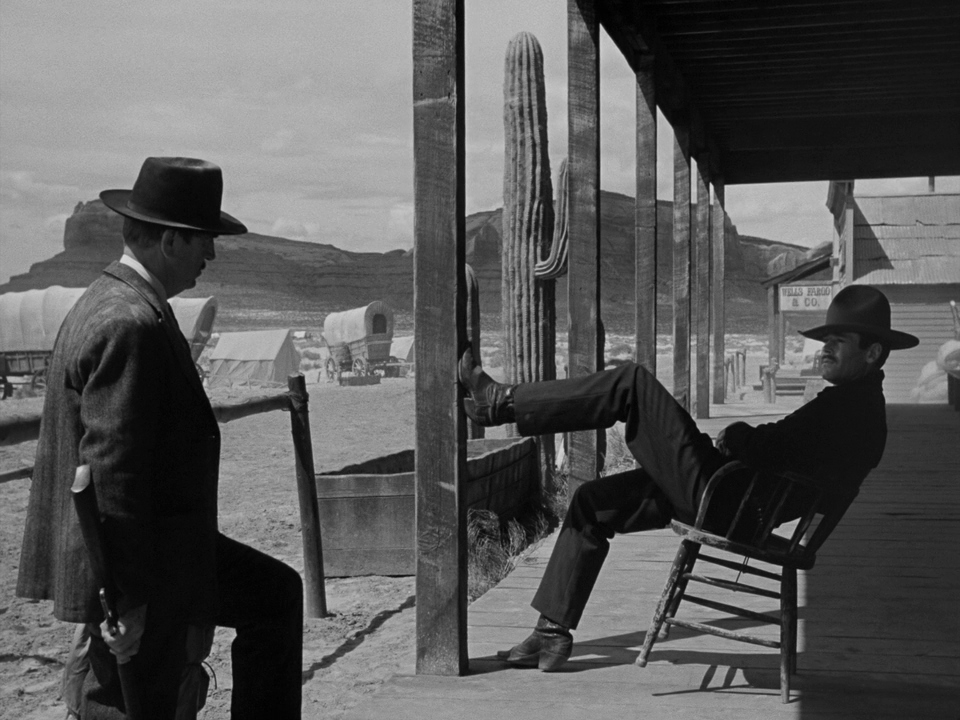
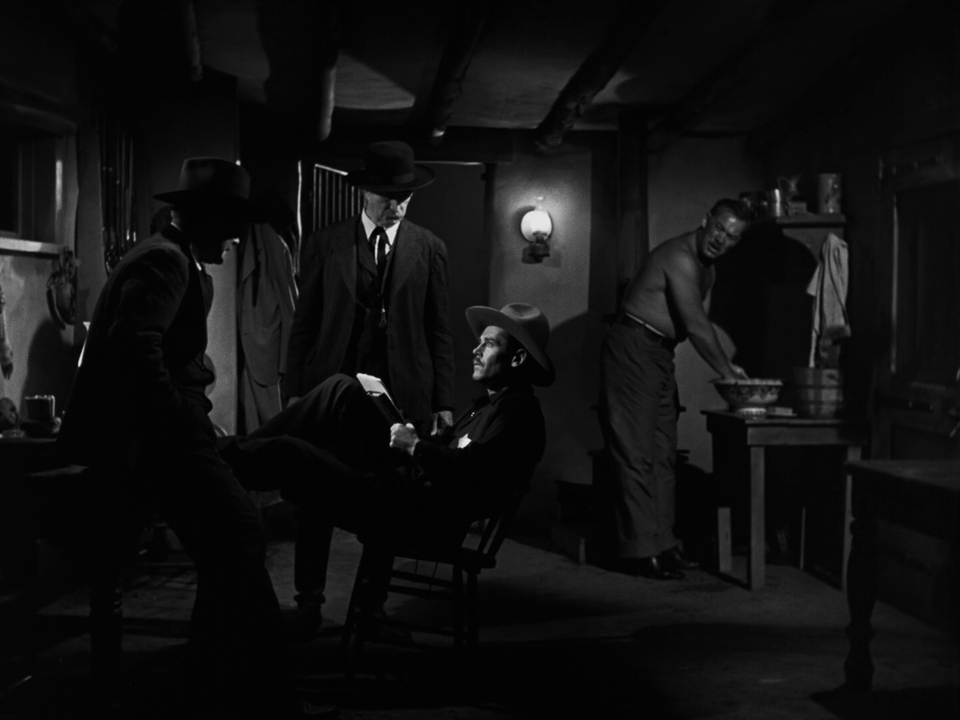
Wyatt is unyielding in his defence of civil order, holding his neighbours to a rigorously high standard, and regarding those morally ambiguous troublemakers like Doc Holliday with suspicion. Right from their first meeting, tension underlies almost every interaction between these two rivals, with Ford using a row of gaslights in the local saloon to split them right down the middle. Behind them, the town watches on with nervous anticipation, vividly captured in a crisp depth of field while slightly obscured by the thick smoke hanging in the air.
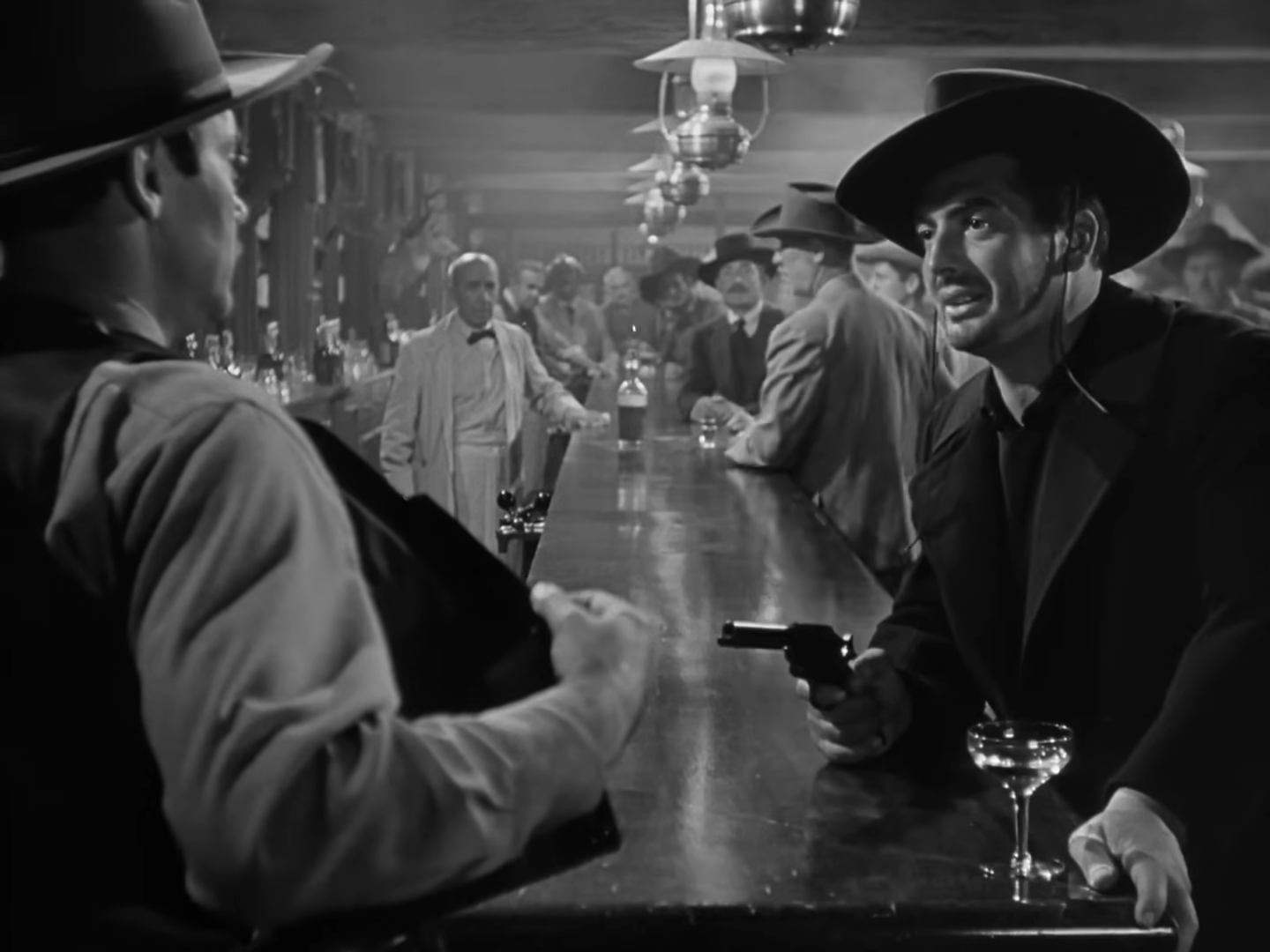
It is the Clanton family who Ford reserves his most daunting staging for though, uniting them as an indomitable force when Wyatt begins pursuing a clue to the identity of his brother’s killer. As Fonda questions the saloon’s owner, five Clanton brothers silently enter the foreground and line up along the bar one-by-one, piercing Wyatt with silent, threatening stares. Ford’s lighting frequently verges on expressionism in compositions like these too, casting characters in shadow to cynically illustrate the dark corruption that thrives in Tombstone’s shady establishments.
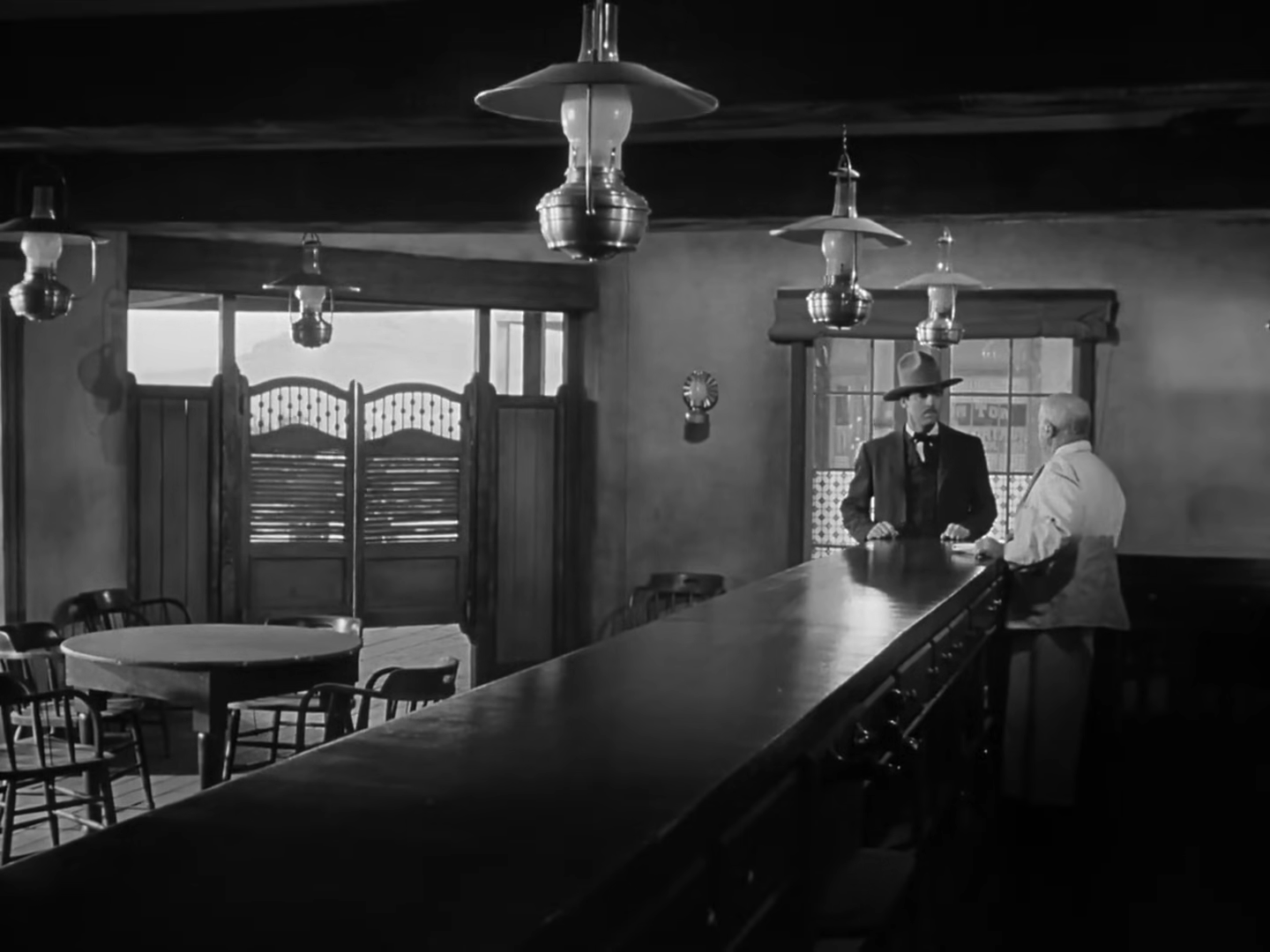
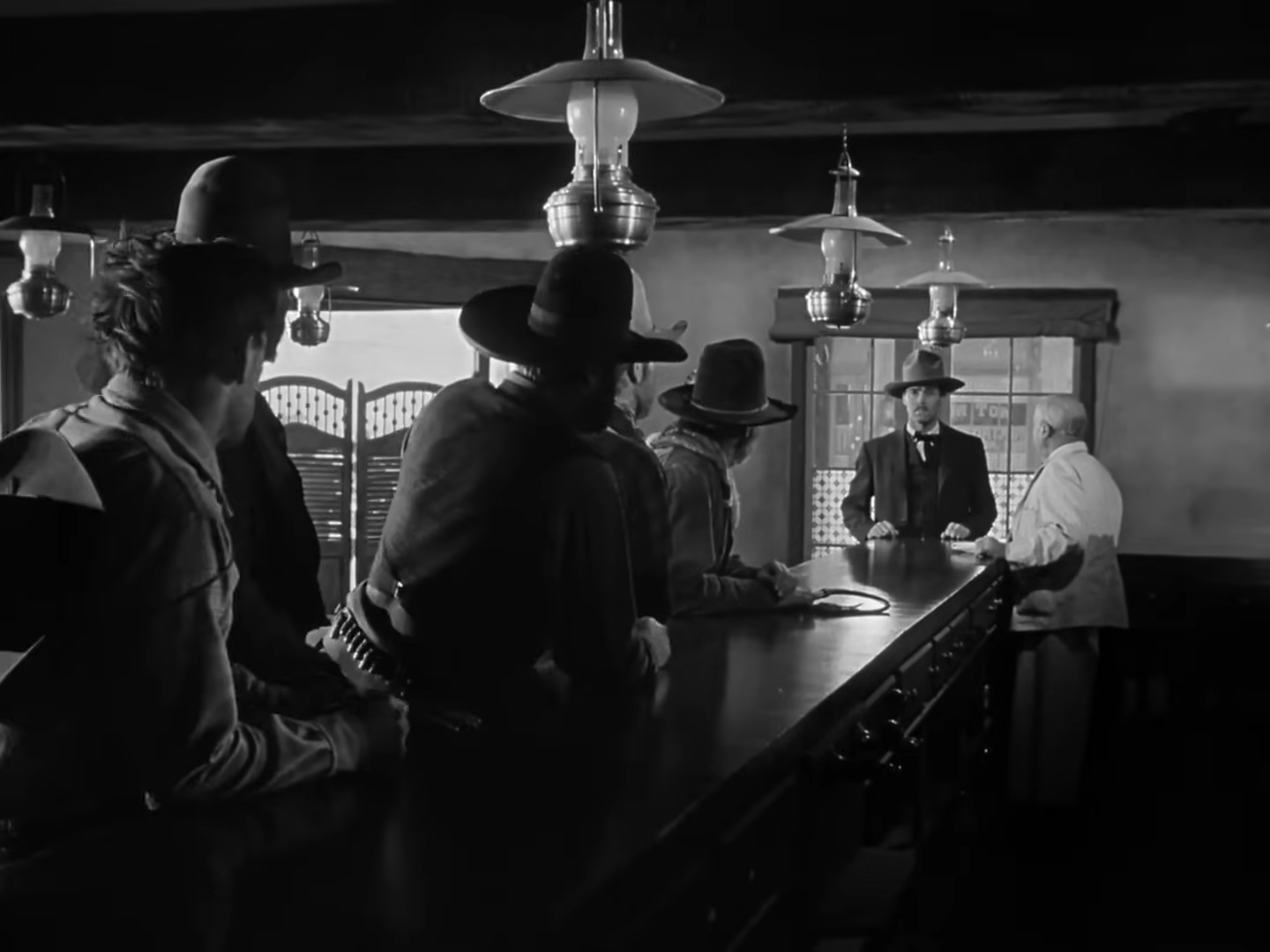
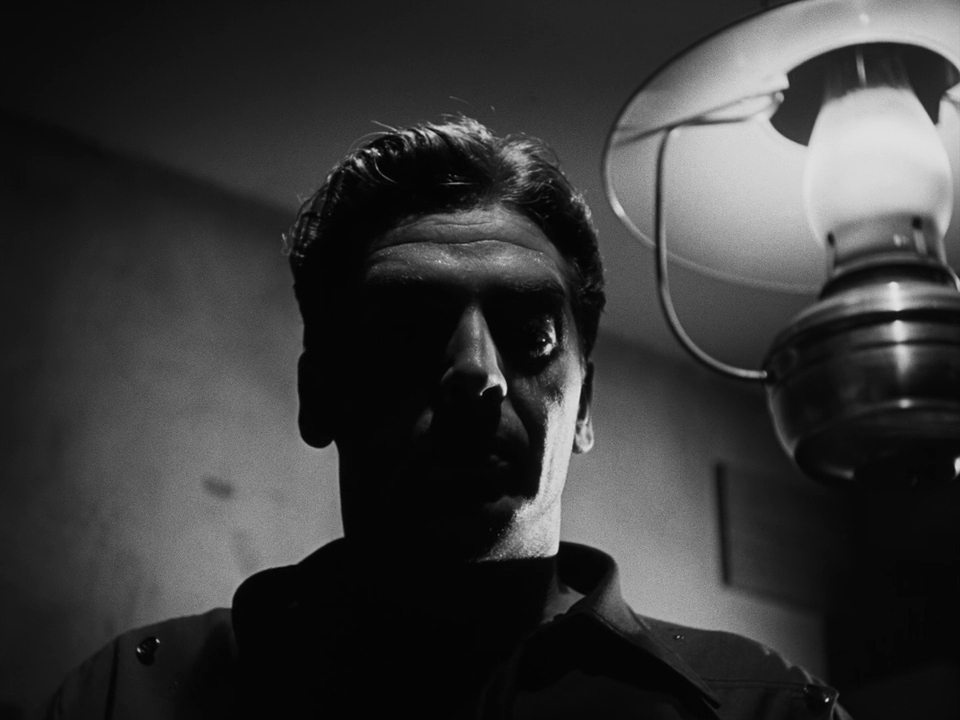
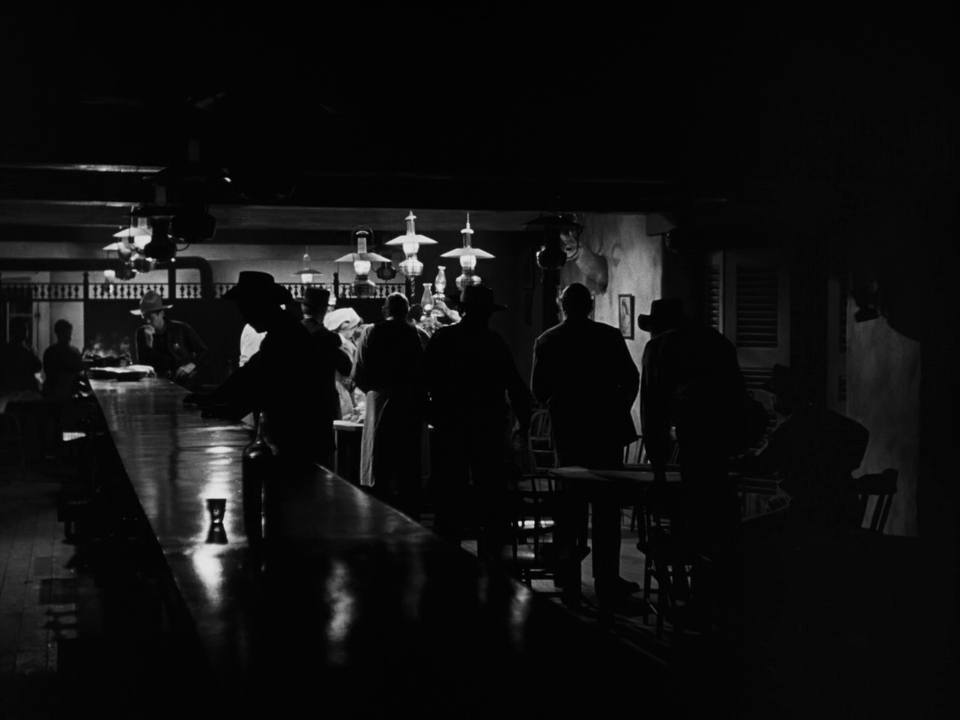
Of course, this is only one dimension of a complex, dynamic town, layered with colourful personalities and cultural traditions. At night Tombstone is rowdy with gamblers and outlaws, but there is also a robust community living here that Ford relishes blocking through every corner of his frame, using its height as flamboyant stage actor Mr Thorndyke recites Shakespeare atop a table, and gathering eager crowds at the base of a tall, scaffolded structure – the town’s first church established by Wyatt himself. Its meagre facade does little to dampen the spirits of its excited parish as they join together in a hymn, celebrating the unity that their new marshal has cultivated.
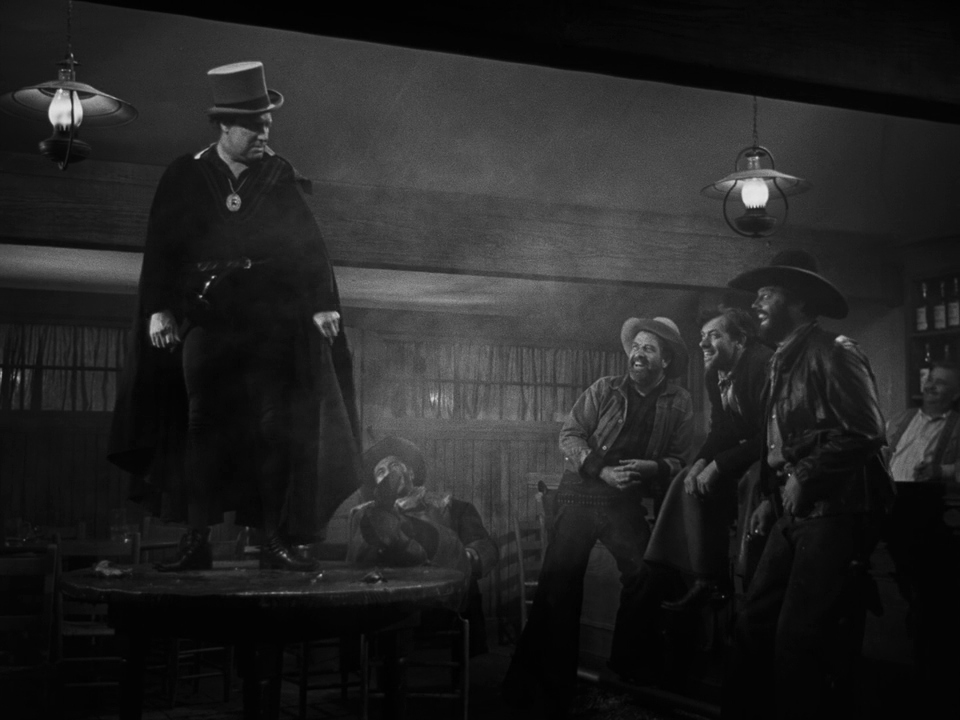
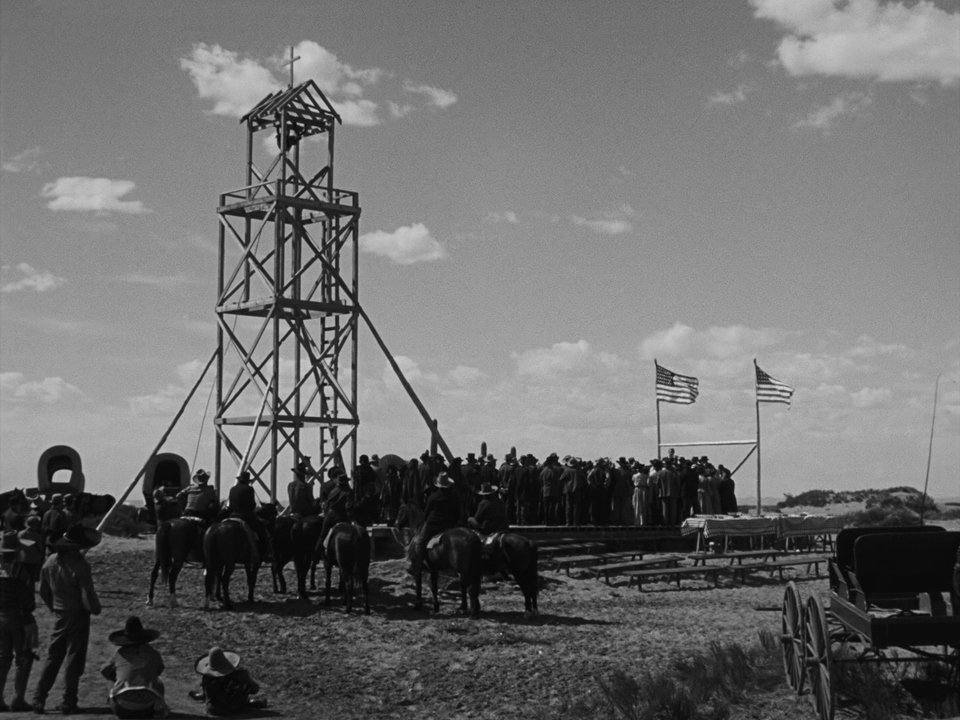
Like a gardener reaping the rewards of his own efforts, Wyatt also begins to sprout a mature vulnerability from the same fertile environment he has been tending to, motivated by the arrival of outsider Clementine in town. The significance of their romantic musical motif is instantly apparent. All through the film, instrumental variations of ‘Oh, My Darling Clementine’ are weaved naturally through strings, flutes, and Fonda’s whistling, immortalising his love in a ballad which would spread across America in years to come.
By linking Wyatt to a nostalgic, recognisable piece of Americana, Ford is effectively offsetting the more violent nature of his real legacy. Historically, the gunfight at the O.K. Corral encapsulates the tensions between law enforcement and outlaws during the United States’ formative years, and Ford’s staging of it here certifies Wyatt as an icon of cultural progress. As he strides down the main road of Tombstone towards the location of his great victory, the camera captures him at a low angle that radiates power, though this is not a conflict he gladly embraces. Wyatt gives Old Man Clanton multiple chances to avoid bloodshed, announcing the warrant for his arrest before the inevitable gunfight, and only landing the killing shot when his adversary tries to shoot him in the back.
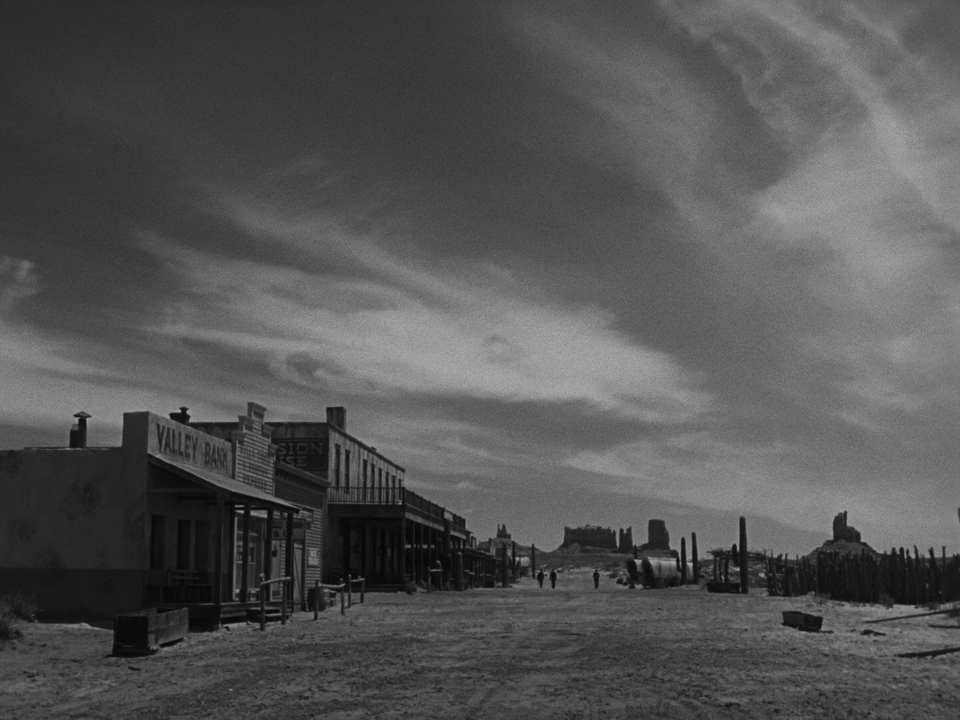
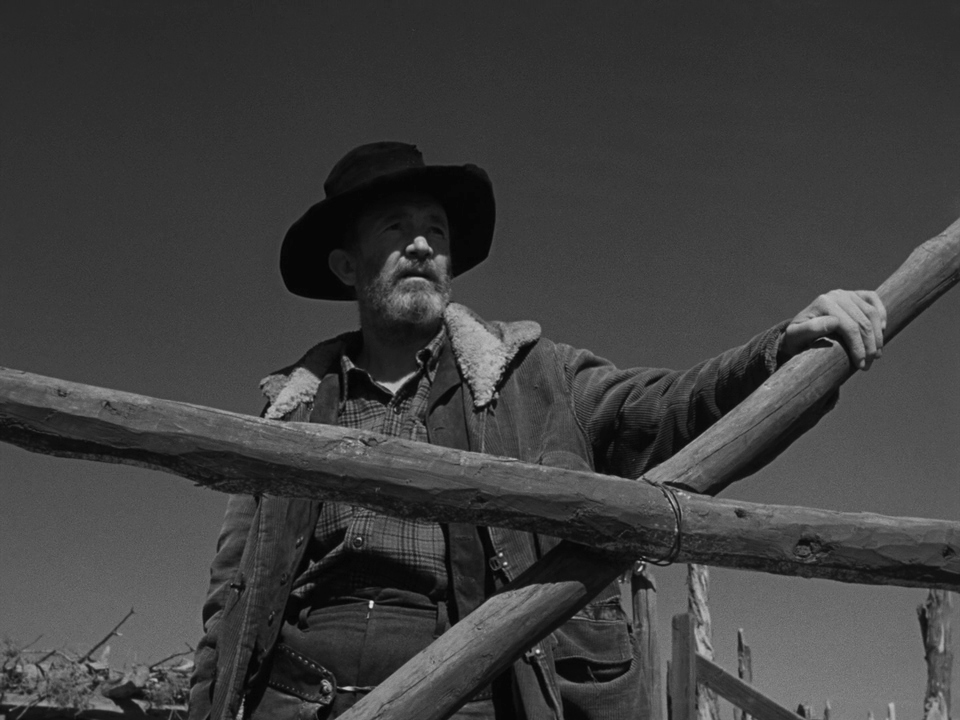
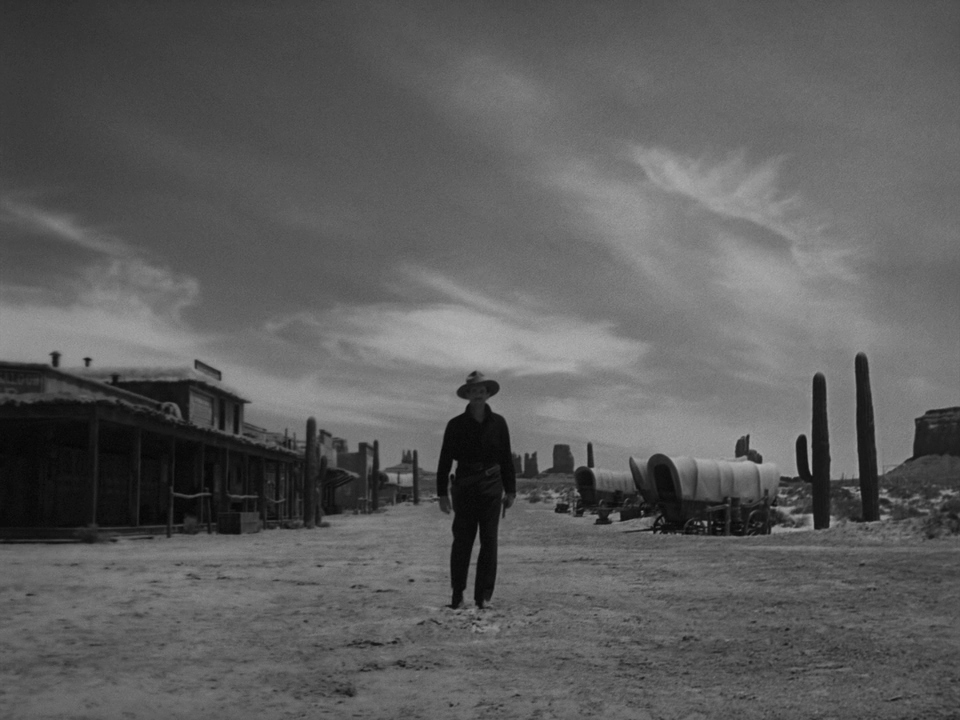
Whether or not this is true to the character of the real Earp is completely irrelevant to Ford. As far as he is concerned, Earp not only brought order to chaos in the Old West, but also originated a romantic folk song that has since become a famous expression of romantic love. The Greeks had Achilles, the Anglo-Saxons had Beowulf, and through Ford’s cinematic storytelling Wyatt Earp becomes a mythical hero of the American frontier, paving the path of moral virtue and honour to our modern civilisation.
My Darling Clementine is currently streaming on The Criterion Channel, is available to buy on Apple TV, and the DVD or Blu-ray can be bought on Amazon.


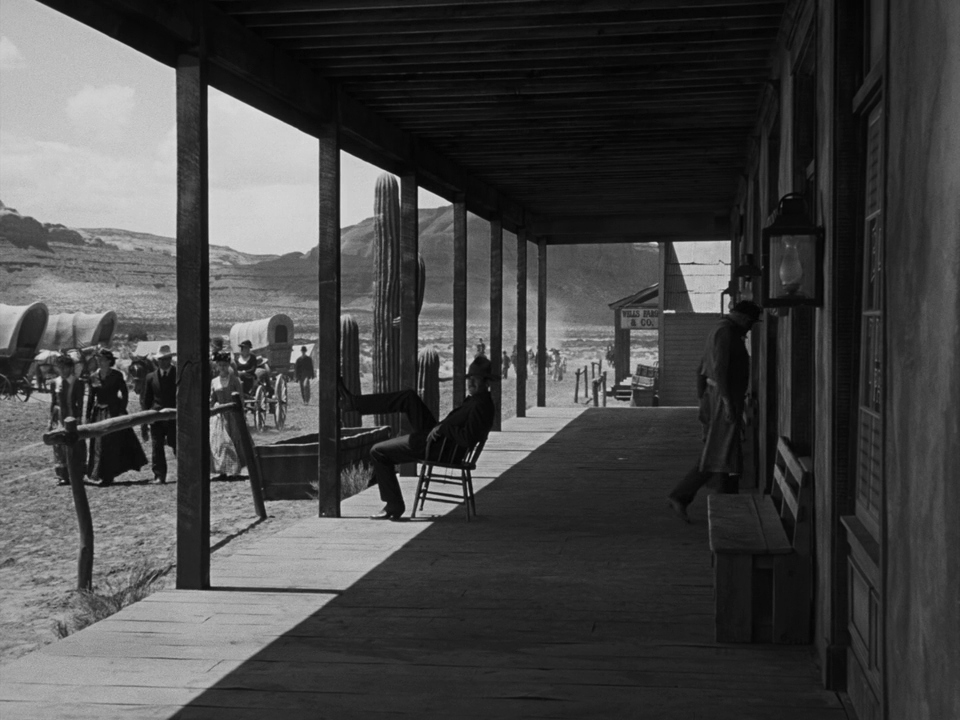
Pingback: The 50 Best Male Actors of All Time – Scene by Green